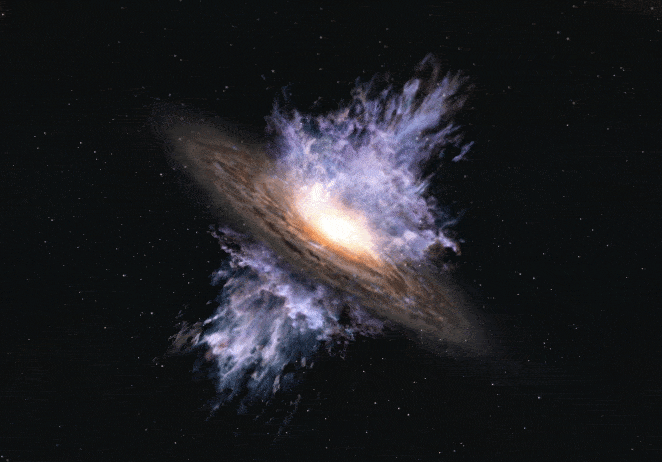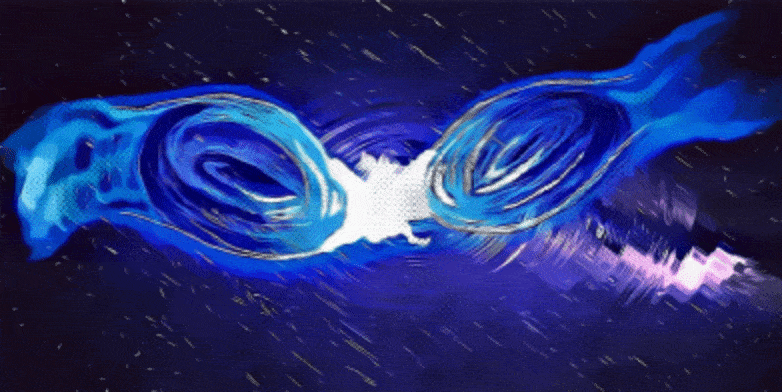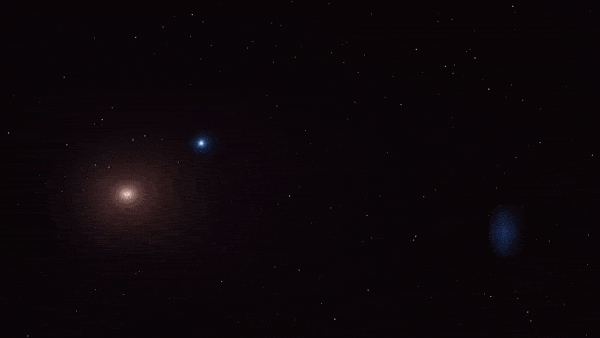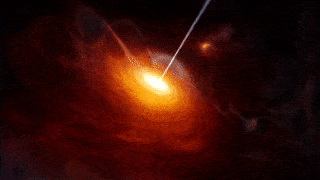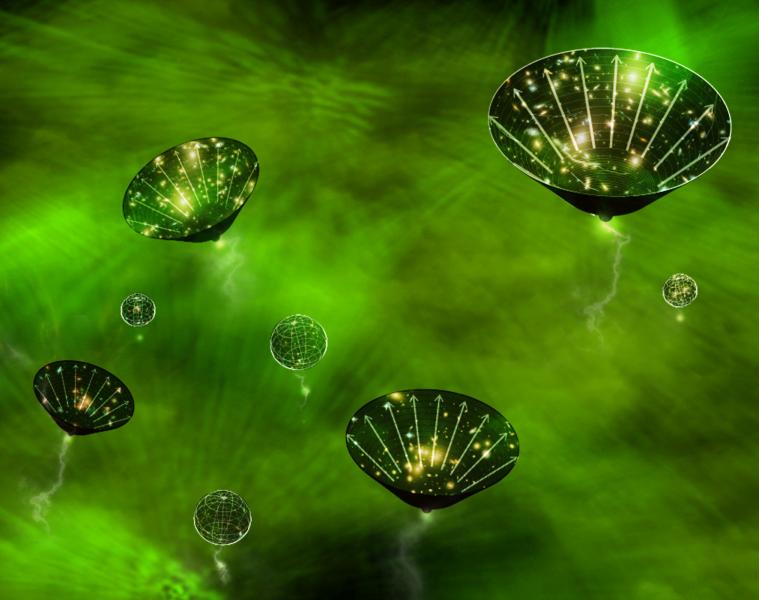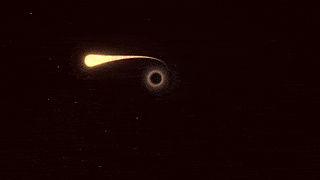Black holes determine the evolution of the universe
In principle, they can only be recognized by what you can't see - and yet black holes have a decisive effect on the evolution of the universe. That's according to a new study by an international team of researchers from the University of Bologna and elsewhere. The work, published in Nature Astronomy, focuses on the Nest200047 system - a group of about 20 galaxies at a distance of about 200 million light-years from Earth. The central galaxy of this system hosts an active black hole, around which the researchers observed many pairs of gas bubbles of different ages, some unknown…


